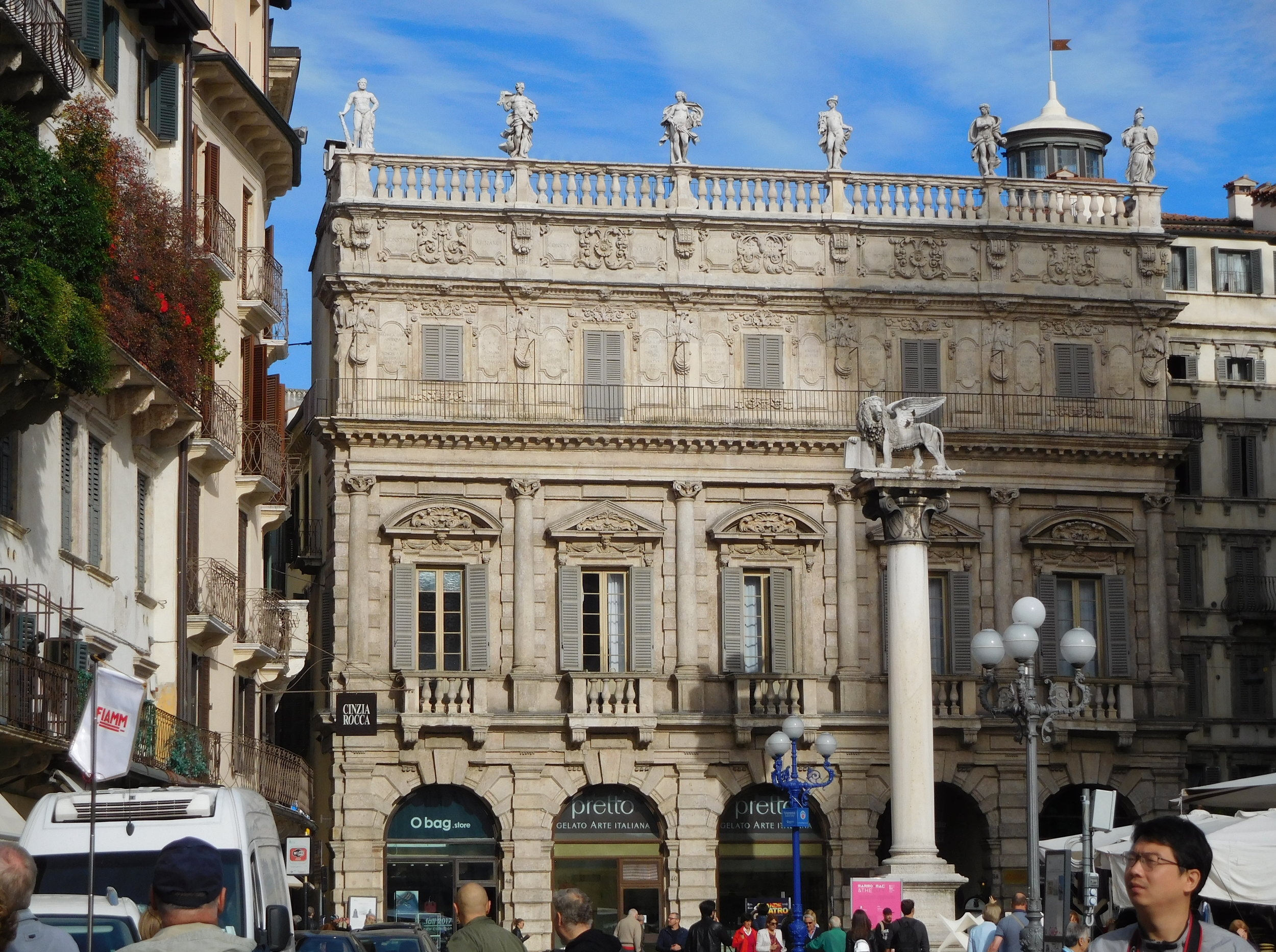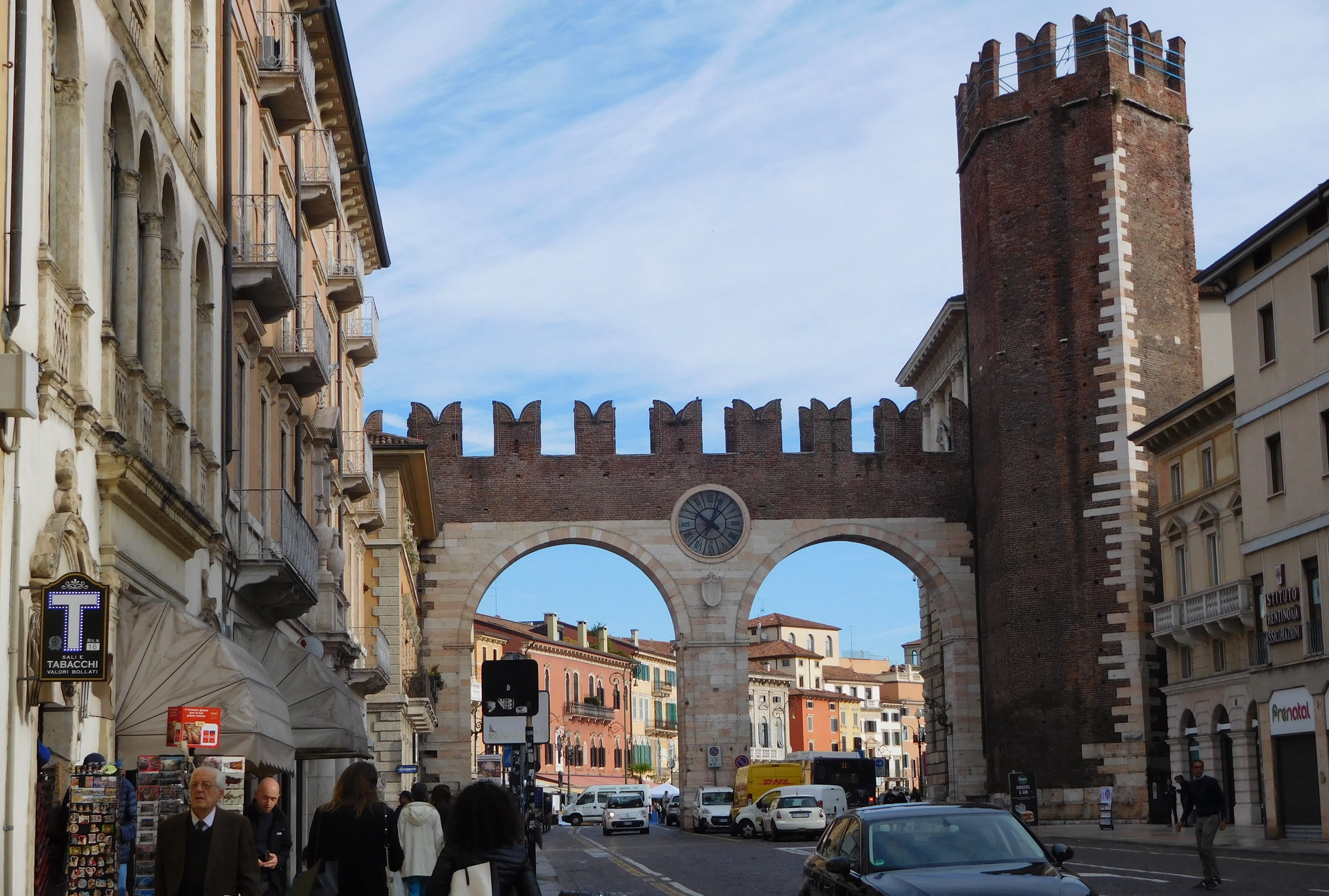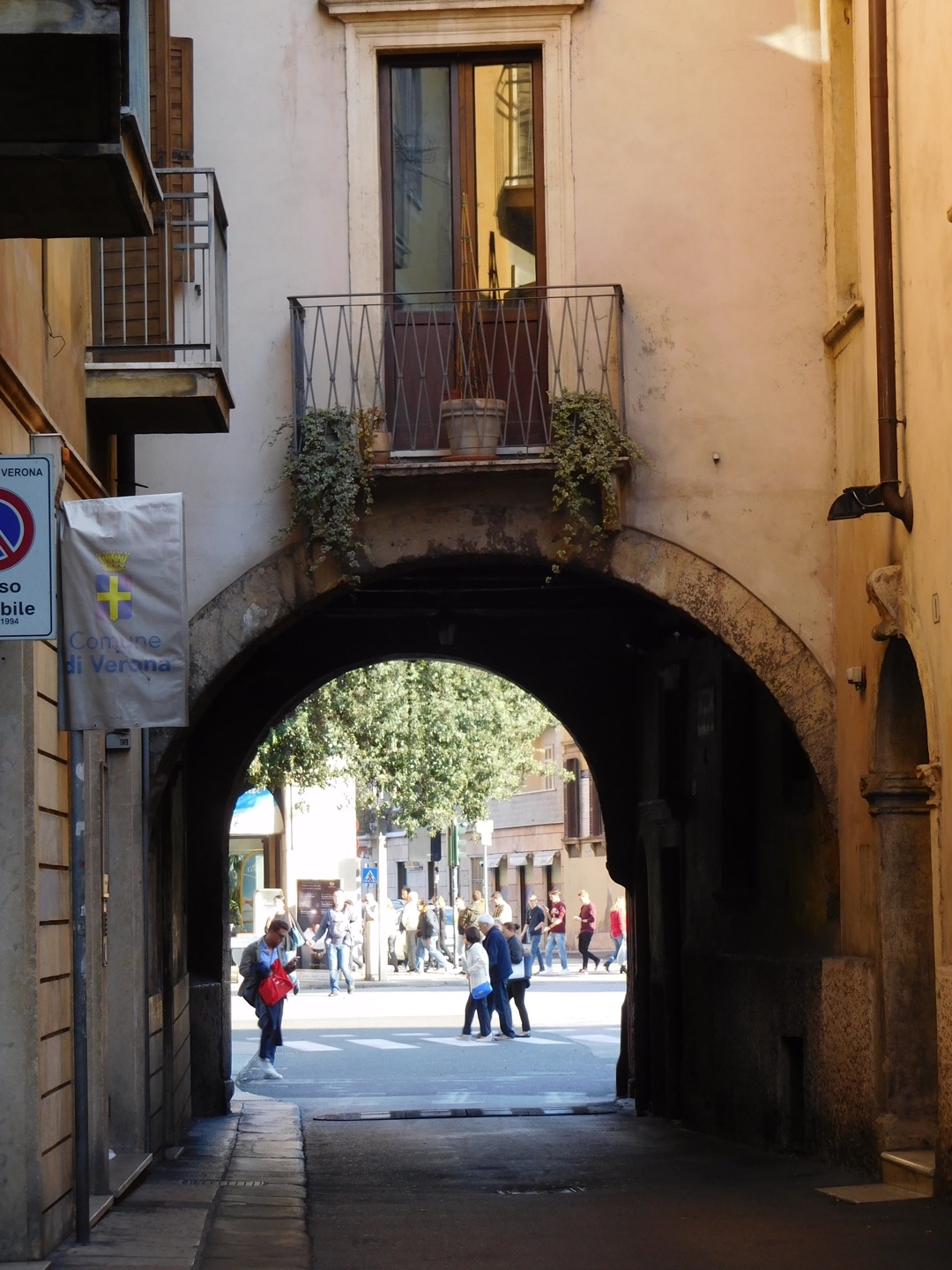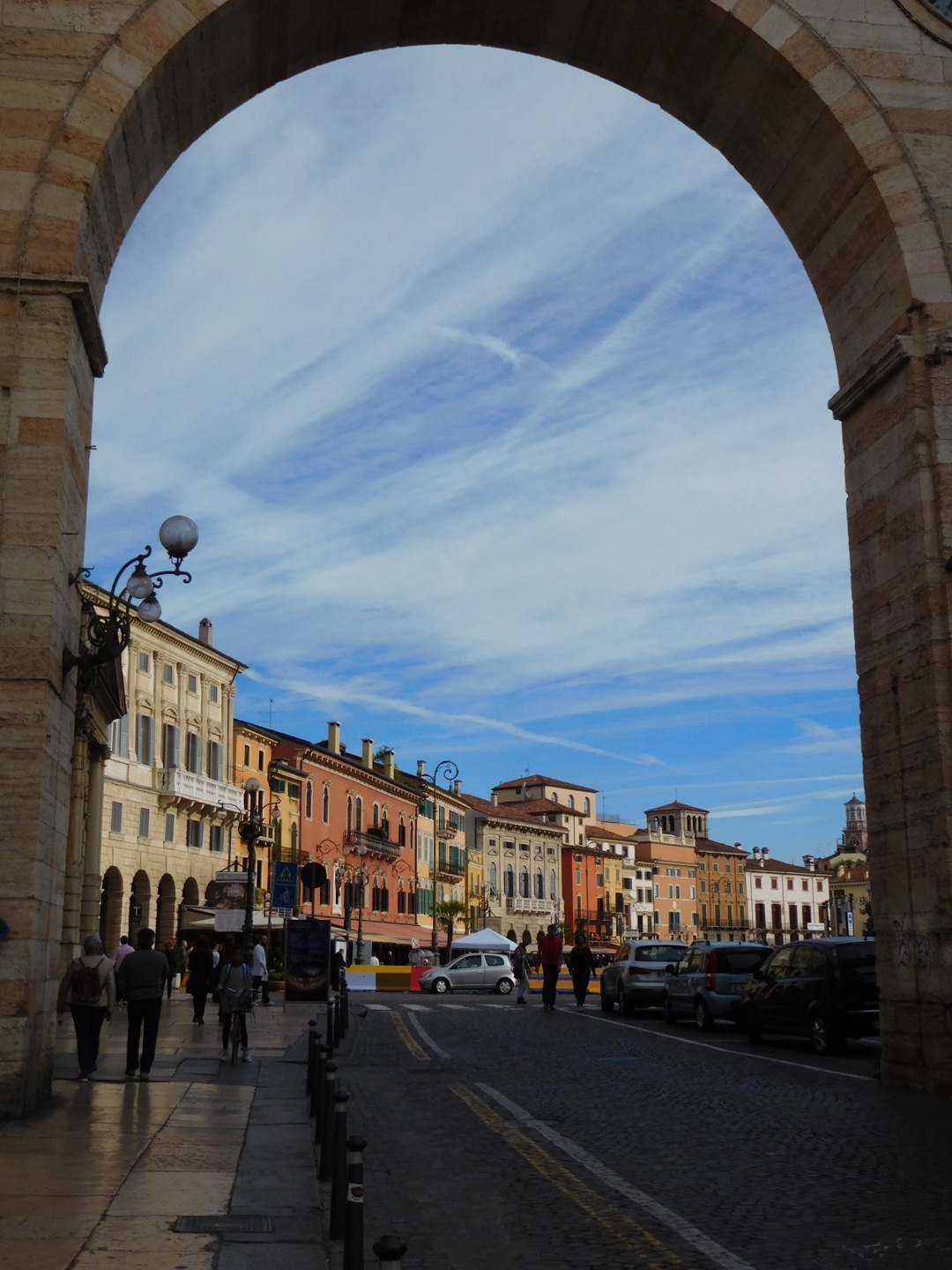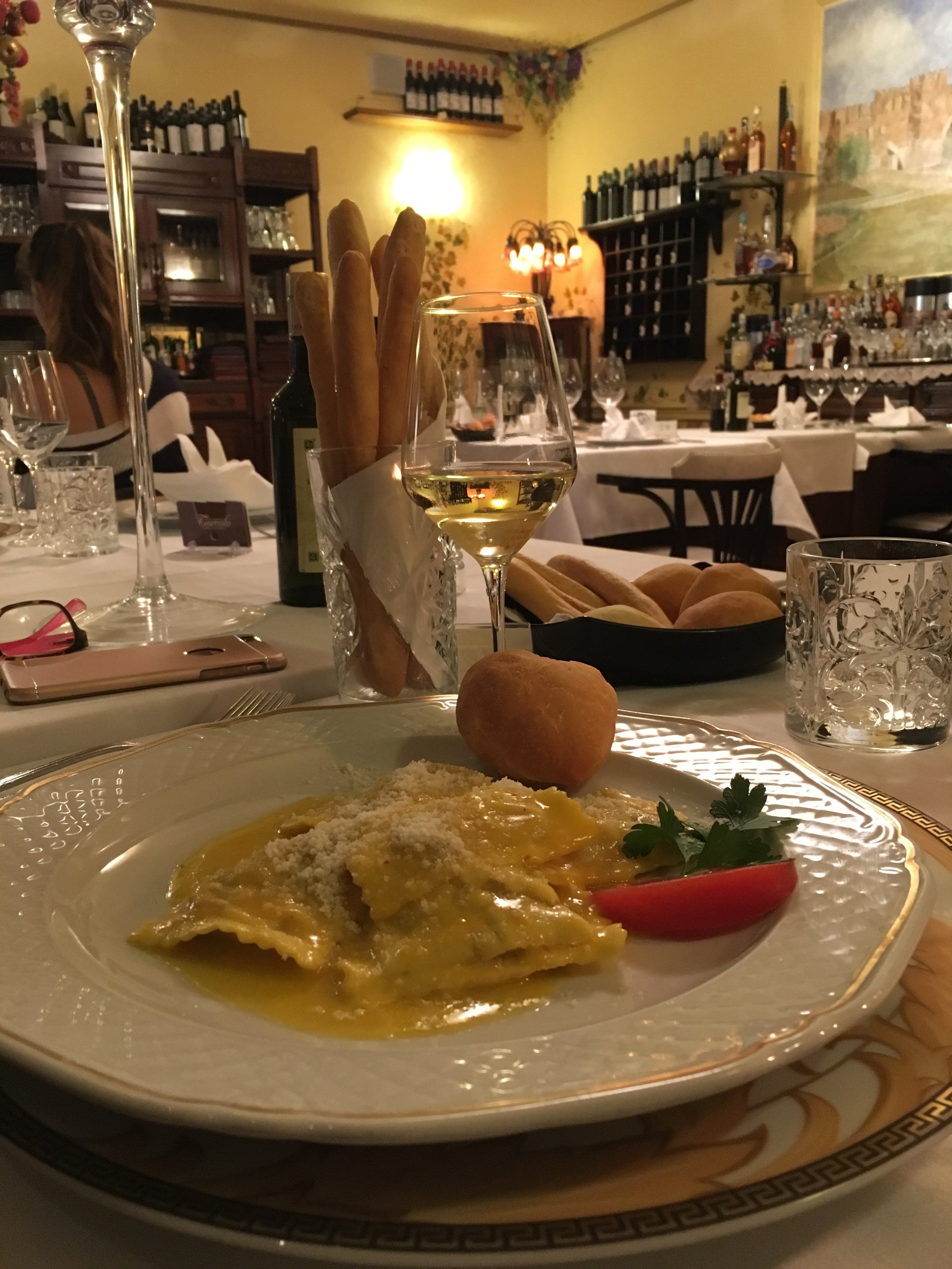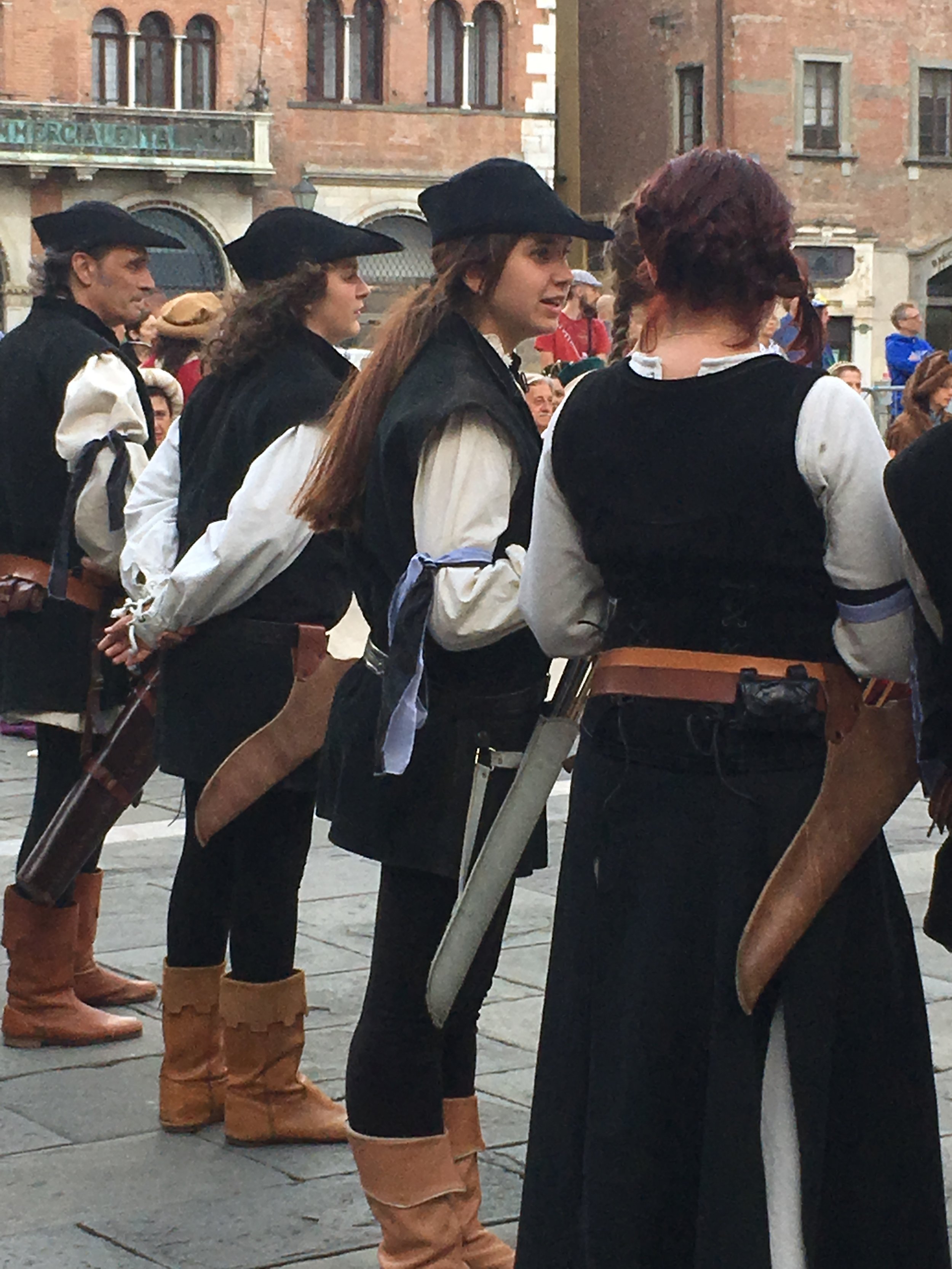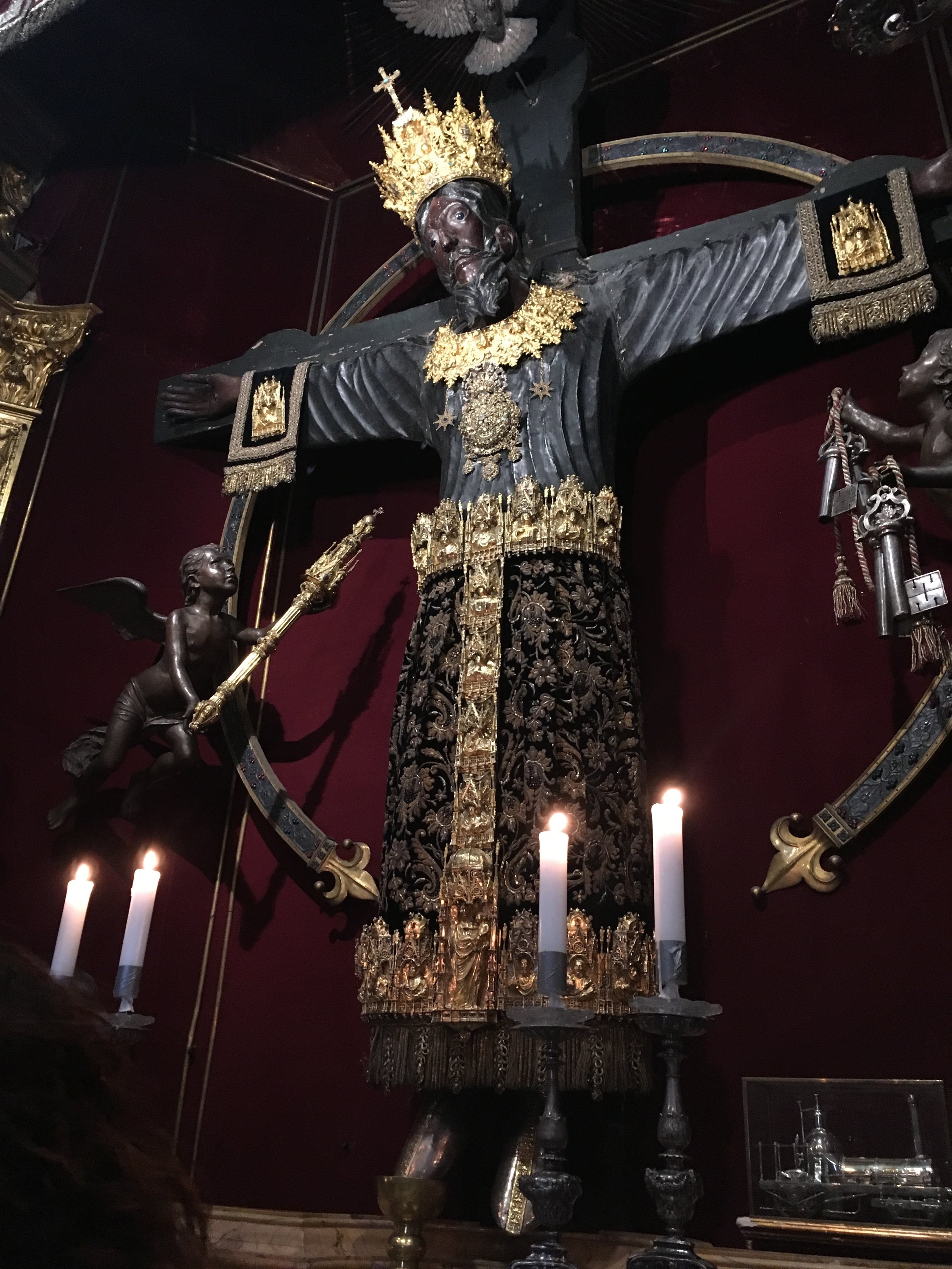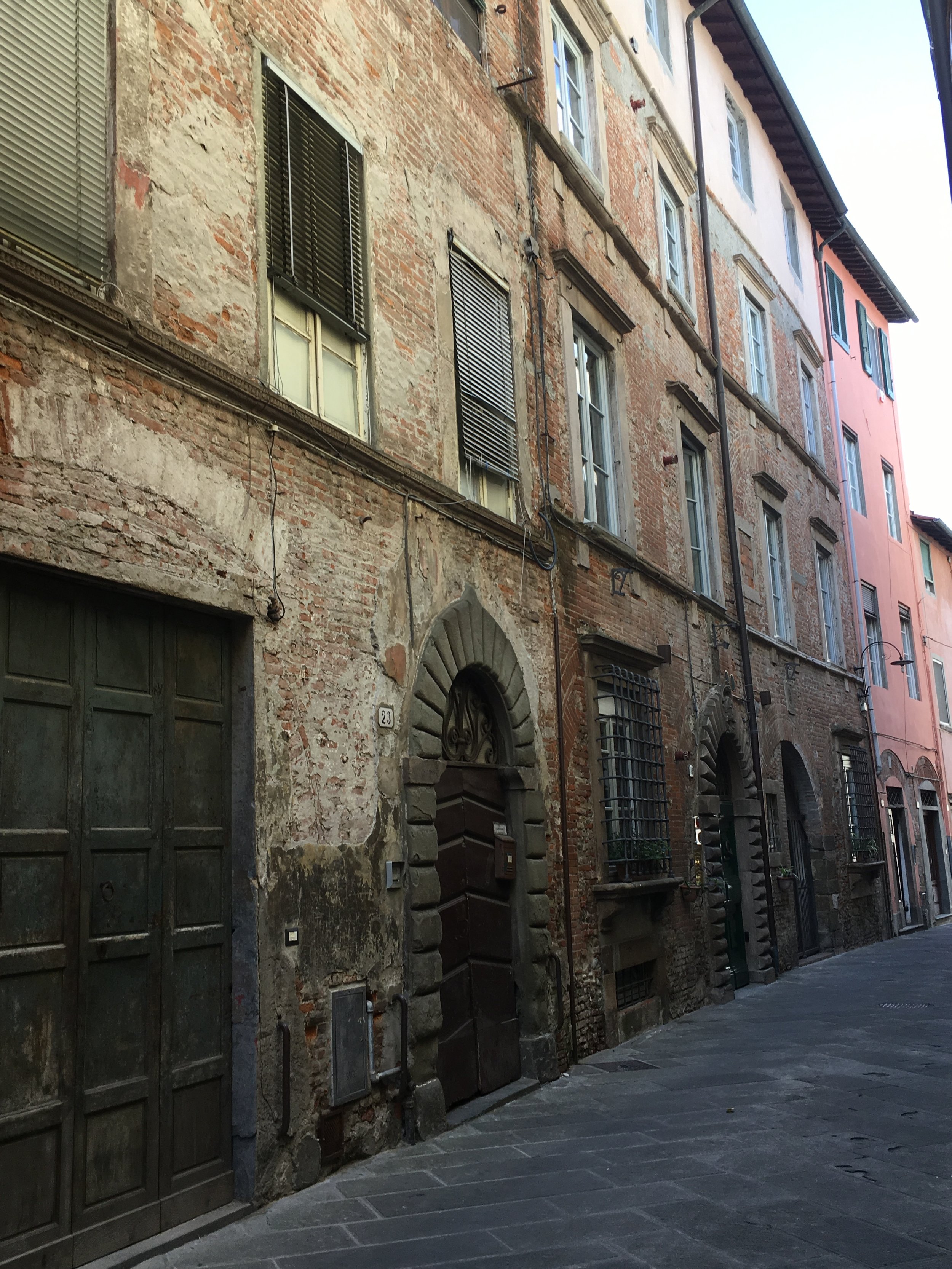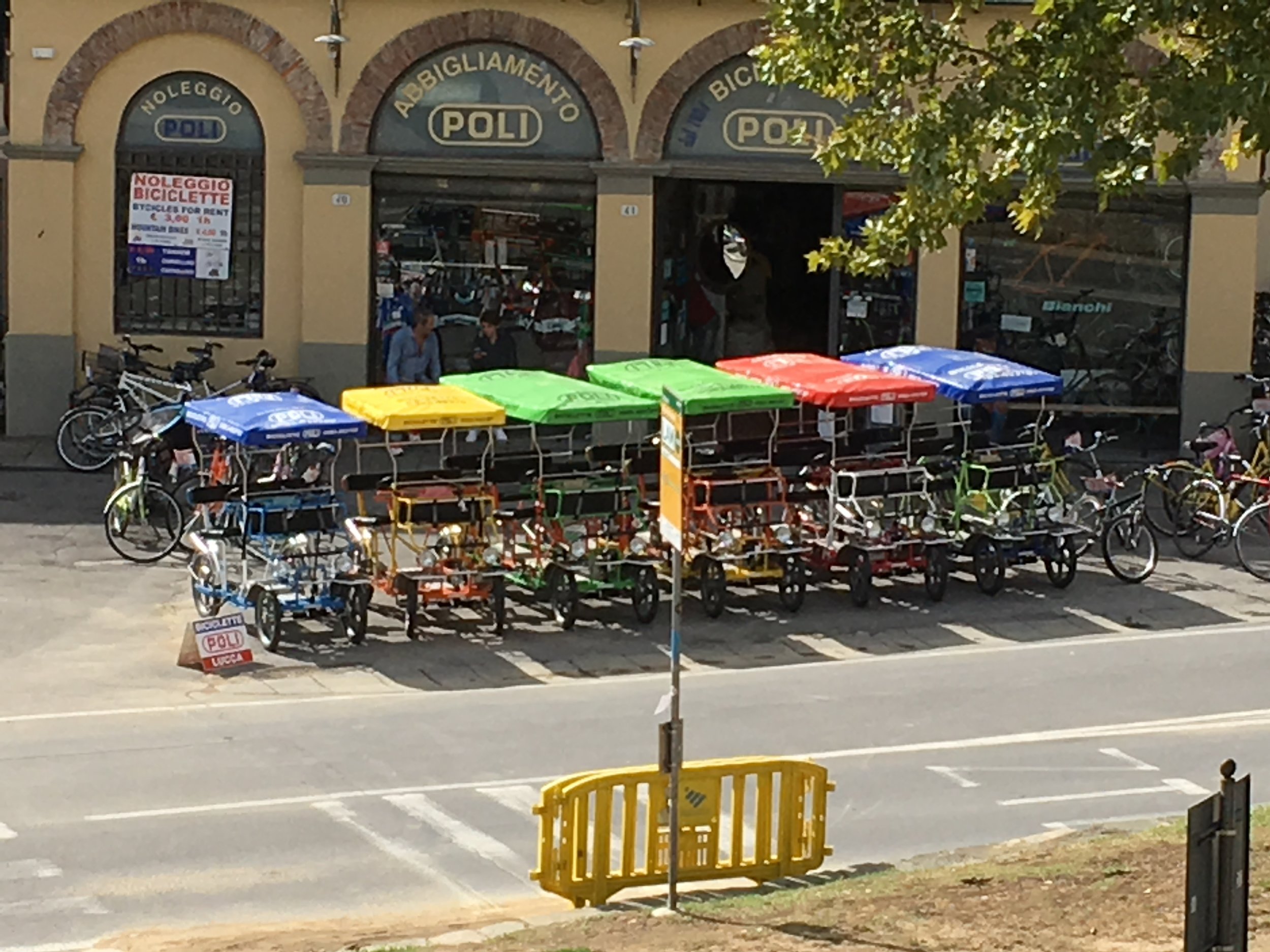An Introduction to Verona
Travel poster from the 1930s
My idea of a perfect trip to Italy involves time spent in my home base of Lucca along with a visit to a place that is entirely new to me. On my latest trip, that place was Verona.
Verona, in the Veneto region of northern Italy, is less well known to visitors (at least to American visitors) than nearby Venice. The two cities have distinctly different characters and it's fun to experience both of them when visiting the Veneto region. Verona may not have Venice's famous canals, but it has a charm all its own and is a UNESCO World Heritage Site. Most of the historic old town is nestled into a bend of the Adige River, with some of the old city lying just across the river.
Historically, Verona was a Roman settlement. It has a long history of rule by various invaders (Visigoths, Longobards, Venetians, as well as by France and Austria), all of whom influenced Verona's art, architecture, and culture. Parts of the city were destroyed over time - by floods, earthquakes, conquering armies and, most recently, World War II bombs. Fortunately, many reconstructions maintained much of the structure and character of the old city. It is still possible to see everything from Roman ruins to Medieval and Renaissance structures. But Verona is not just a living history museum; it is a thriving city combining history, tradition, and modern life (including some high-end shopping).
With just three days in Verona I barely scratched the surface, but I did find much to love about this historic, thriving city.
Some highlights:
The fountain in Piazza Bra with the Roman arena in the background
Piazza Bra and Piazza delle Erbe are beautiful spaces, full of activity and history. Piazza Bra is remarkable for the beautiful arches that mark its entrance and the well-preserved Roman Arena (amphitheater), which dominates the piazza. The piazza is lined with cafes and includes a green space that provides a perfect oasis of calm in the busy square.
Piazza Erbe is the place to feel the city's Medieval vibe. It is a thriving marketplace and the busy hub of the old city. Here you will find beautiful old buildings, the tall Torre Lamberto, and the ornate Palazzo Maffei.
While these piazze are the two main squares, there are many smaller ones that are also lovely. In fact, I think the piazze of Verona deserve a future post of their very own!
Busy Piazza Erbe
The city of Verona, viewed from an opening in the Ponte Scaligero.
The River Adige flows through the heart of the city. Its bridges (ponti), including the Ponte Pietra and the Ponte Scaligero, have interesting histories, great beauty, and provide wonderful views of the city. The river also defines the city boundaries and helps make Verona a very walkable city.
Verona is full of arches. Some are grand portas (doorways) through old city gates, others are small and mark entry into a piazza or a small vicolo (lane). Strung from them often are stunning light fixtures or cascading plants, which give the city a graceful air.
There were more interesting churches than I could see in a short visit. The two I visited - the Chiesa del Duomo and the Cathedral of San Zeno - were architectural masterpieces filled with fascinating art and history. .
Cathedral of San Zeno, Verona
I can't talk about Verona without mentioning the fabulous dining. There is great variety in the dishes found here, and lots of seafood. My friends and I had several fabulous meals, including grilled shrimp, delicate pumpkin-filled ravioli, and a fabulous guanciale di manzo (beef cheek). The local white wines were similar to those of Bologna (slightly fizzy Chardonnay and Trebbiano) and there were full-bodied reds too (Amarone and Valpolicella). And of course there is great gelato to be enjoyed!
Fine dining at Ristorante Torcolo, Verona.
That's just a snapshot of my quick visit to Verona - there is so much more to see and experience that I can't wait to return! -Post by JB


